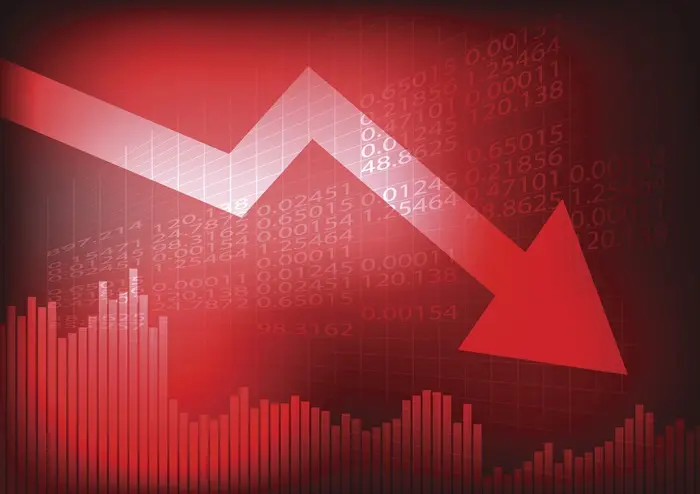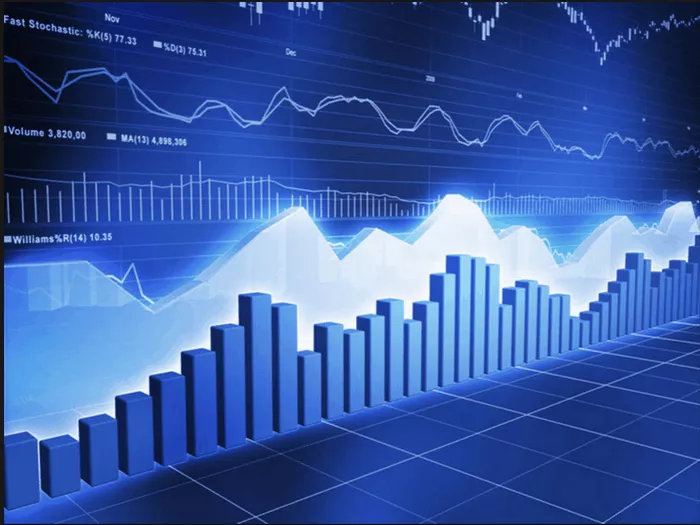Neel Kashkari, president of the Minneapolis Federal Reserve, said Wednesday that the bar for rate cuts is now “higher” to keep inflation expectations steady in the face of tariffs — even as the economy weakens and unemployment rises.
“In my view, the hurdles to moving the federal funds rate one way or another have increased because of tariffs,” Kashkari wrote in an essay.
He became the latest Fed policymaker to throw cold water on hopes for a near-term rate cut amid market turmoil over President Trump’s trade war. On Wednesday, Trump announced a 90-day suspension of reciprocal tariffs on many trading partners, but not China, a move that sparked a stock market rally.
Another cautious voice this week came from San Francisco Federal Reserve President Mary Daly, who said Tuesday that the central bank could move rates slowly and wait to see how changes in trade policy play out.
“We cut rates by 100 basis points last year,” she said. “That puts policy in a good position to remain moderately restrictive — keeping inflation down — but not so restrictive that the economy becomes vulnerable,” Daly said Tuesday during a discussion at Brigham Young University.
Fed Chairman Jerome Powell also made clear on Friday that the Fed is in no rush to do anything about interest rates because of so much uncertainty, saying it is “too early to judge the appropriate path for monetary policy.”
Market watchers and even President Trump are trying to put more pressure on the Fed to consider a near-term rate cut or other interventions if market turmoil over tariffs intensifies.
Minutes of the Fed’s last policy meeting in March, released Wednesday, showed policymakers favored a “cautious” approach as they worried about rising inflation and slowing growth while knowing “difficult trade-offs” were likely ahead.
But Kashkari stressed Wednesday that he believes the Fed’s top priority is keeping long-term inflation expectations stable — something he said is critical to U.S. economic growth and competitiveness.
Despite recent increases in surveys of consumers’ inflation expectations for the year ahead, most long-term inflation expectations remain around the Fed’s 2% inflation target.
But the risk of those expectations losing support appears to have increased “significantly,” Kashkari said, noting uncertainty about how other countries will respond to President Trump’s tariffs and whether the trade war will escalate.
Kashkari said he thinks business demand for investment capital is likely to fall, making current interest rates tighter and reducing the urgency of rate hikes to anchor long-term inflation expectations.
But lowering rates has also become more difficult.
“Given the critical importance of keeping long-term inflation expectations anchored and the potential for tariffs to push up short-term inflation, the bar for cutting rates is higher even in a weak economy and with unemployment likely to rise,” he said.
Fed Governor Adrienne Kugler also said Monday she is now more worried about inflation than the employment side of the central bank’s dual mandate, noting that outside economists have pegged the effective tariff rate at 21%-26%, up from 2.6% at the start of the year.
“I think inflation is more pressing right now in terms of the impact we’ve seen,” Kugler said in a speech at Harvard University.
On Friday, Fed Chairman Jerome Powell appeared to abandon his “base case” view that inflation from new tariffs could be temporary, saying “there’s also a chance that the impacts could be more persistent” as the economy digests “much larger than expected” trade tariffs.
Kashkari agreed on Wednesday, saying “it’s probably too risky for the economy to simply pivot policy” when it comes to inflation.
At their last meeting in March, several Fed officials saw the possibility that inflation could be more persistent, according to minutes released Wednesday.
The minutes of the Fed’s last policy meeting in March, released more than three weeks later, showed policymakers favoring a “cautious” approach as they worried about rising inflation and slowing growth while knowing they “could face difficult trade-offs” ahead.
“Officials judged that a cautious approach was appropriate given the high uncertainty about the net impact of a range of government policies on the economic outlook,” the minutes said.
Related topics:































